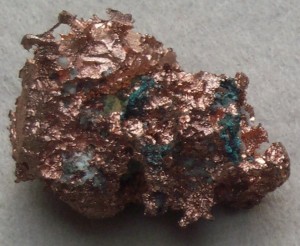Why does copper oxidize
Copper is a highly ductile and malleable metal, which has been known to man for at least 10,000 years. It is extensively used in air conditioning and refrigeration appliances, electrical wirings, plumbing fittings, household cookware and coins. With respect to the periodic table, copper occupies the same position as gold and silver.
In addition to being a good electrical and thermal conductor, copper has excellent soldering, welding and brazing properties. In natural conditions, copper is primarily found in the form of minerals like malachite, cuprite, azurite, bornite, chalcocite, and the like. Sizable reserves of copper are found in Cyprus, Chile and the Unites States.
Copper has good corrosion resistance, but over a period of time, it does get oxidized. Oxidation is basically a process where a product loses one or more electrons to increase its oxidation number. Oxidation always occurs in conjunction with reduction. In simple words, when two substances interact, one is oxidized due to the loss of electrons, and the other substance is reduced because of the gain of electrons. While in one of the interacting products the oxidation number is increased, in the other the product, the oxidation number is equally decreased.
Unlike iron, which requires both water and oxygen to corrode, copper does not react with water. When exposed to air at the room temperature, it slowly reacts with oxygen and a layer of brown-black copper oxide is formed. As the time passes, copper oxide reacts with moisture laden air and forms copper carbonate. This layer of copper carbonate is green in color and is called verdigris or patina. Verdigris serves as a protective layer and prevents further corrosion of copper. A notable example of verdigris is the Statue of Liberty.
If copper undergoes oxidation under normal circumstances, that is, only when only wet air is available, then verdigris is primarily copper carbonate. However, near the sea water, patina will contain copper chloride, and if the corrosion process occurs in the presence of acetic acid, then verdigris will also consists of copper II acetate.
Copyright © 2009 WhyCenter.com












